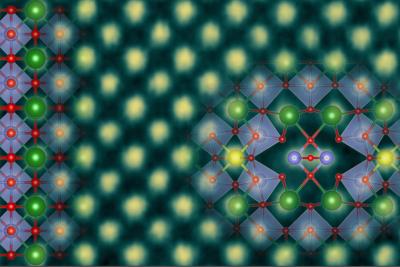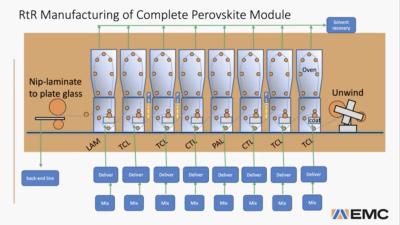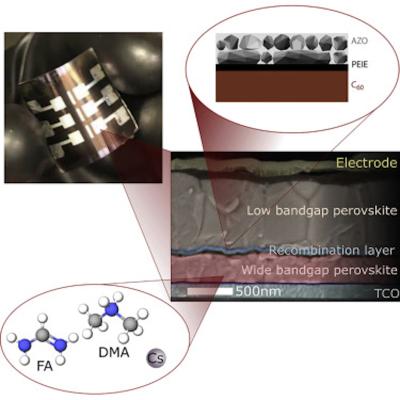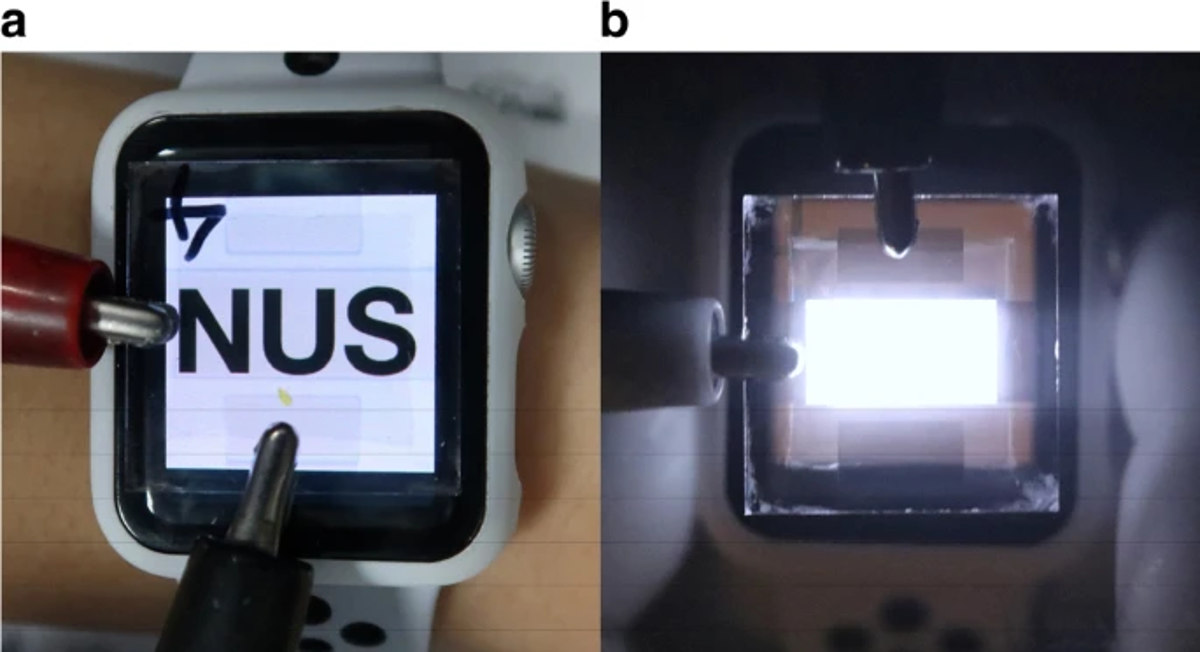CITYSOLAR project to develop perovskite/OPV hybrids for photovoltaic windows
A new EU project called "CITYSOLAR" aims to revolutionize the market for transparent solar cells for windows by combining two photovoltaic (PV) technologies in a tandem configuration. The project has received 3,779,242 EUR in support from the H2020 framework programme. Transparent solar cells for windows have been known for several years, but are still not sufficiently efficient - which is what the new project will attempt to change.
'We develop new innovative concepts within light management and solar module integration that are specifically targeted at new promising organic and hybrid thin film PV technologies, and by that we go significantly beyond state-of-the-art in terms of efficiency for transparent photovoltaics. It's a revolutionary new concept,' says Professor Aldo di Carlo, Cnr-Ism, who is coordinator of the new project and is thrilled about the support of "CITYSOLAR" from the H2020 framework.







